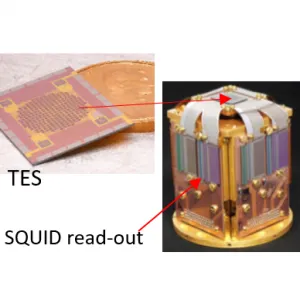Cosmology

TID instrumentation and detector technologies are enabling research advances into the nature of dark energy, the physics underlying inflation cosmology, and the detection of dark matter. TID instruments are critical for both ground and space-based projects such as the Large Synoptic Survey Telescope (LSST), the Fermi Gamma-ray Space Telescope (FGST), the Background Imaging of Cosmic Extragalactic Polarization (BICEP) array, and for future Cosmic Microwave Background (CMB) Experiments (CMB-S4).
Key Competencies
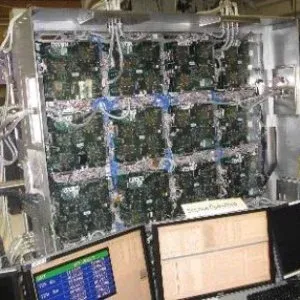
Analog and Digital Discrete Circuit Boards and Systems
TID-AIR designs, produces, and tests analog, digital, and mixed signal electronics boards and systems. Schematic design and simulation; Printed-circuit board layout design and high-speed simulation; FPGA firmware frame-work, code design and simulation; Software design and simulation; Complete system design and simulation, fabrication, testing, installation, and commissioning.
Application Specific Integrated Circuits (ASIC)
ASICs from small prototypes to System-on-Chip solutions. Main expertise in analog, digital, and mixed-signal architectures, low noise analog front ends, noise filtering optimization, high speed (down to 20 ps), mixed mode blocks, ADC’s, DAC’s, high-speed GHz digital data transmission in 250nm to 65 nm fabrication processes (e.g. TSMC, IBM, L-Foundry, AMC). Commercial, military ground, and space based applications. Example applications: Photon Science (LCLS, LCLS II, Synchrotron Sources); High Energy Physics (ILC, LHC ATLAS, nEXO, DUNE); Astro-Physics (Fermi space-based telescope); Neuroscience / Medical Imaging; 3D-Imaging (Driverless cars, SPADs), Improvised Explosive Device (IED) detection; Micro-processor peripheral integrated systems.
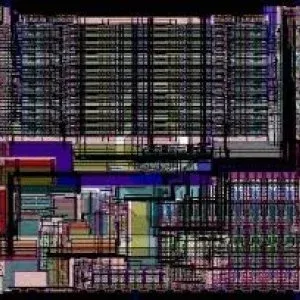
Common Platform Controls and Monitoring Systems
Modular design allows independent upgrades of front end and digital processing as technology advances. Main ATCA module includes FPGA, memory and power circuits. Standard high-speed digital interface to front-end card plug-ins. Common hardware and firmware on FPGA module. Quick low-cost turnaround to add custom mixed-signal plug-in cards for new applications.
Data Acquisition Systems
TID designs hardware, firmware, software for real time data acquisition systems. Example is an Advanced Telecommunication Computing Architecture (ATCA) FPGA module with on-board integrated network switch, ported and bundled with operating system and real-time kernel. Applications are LHC ATLAS, LSST, HPS, DUNE, nEXO and has applications in other projects where fast processing of packets/data is needed.
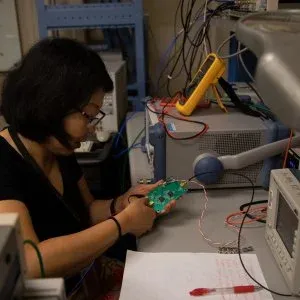
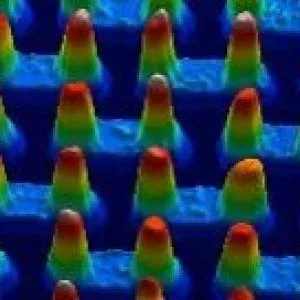
Interconnects and Packaging
Advanced interconnects and packaging design and fabrication. Fine pitch bump-bonding (down to 10 um pitch), gold stud bonding, assembly with diced chips, cro bumps, edge vias, flexible substrates, thin substrates, integrated micro-cooling conduits.
Microfabrication
Ability to access numerous micro and nano fabrication clean rooms and tools for fabrication and evaluation for: ion milling, metal deposition, organic film deposition, electron beam lithography, and focused ion beam patterning, etc.; as well as characterization: SEMs, TEMs, XRD, XPS, Auger, SIMS, SPMs, etc.
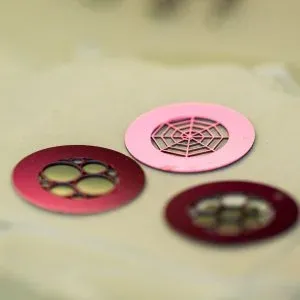
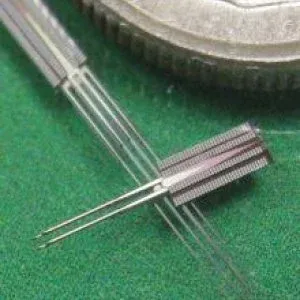
R&D on New Novel Devices
Novel instrumentation for biology and medicine, photon emission tomogrophy, and Super Conducting devices.
Radio Frequency (RF) Systems
High precision, high frequency electronics; Femtosecond timing instrumentation; High bandwidth control systems; RF electronics, detectors, transmitters, and signal processing. Example applications are Transition Edge Sensor Focal Plane control and readout, accelerator beam arrival time monitoring (10 fs timing noise), accelerator beam position monitoring, low-level RF accelerator beamline controls, free-electron laser experiment timing systems.
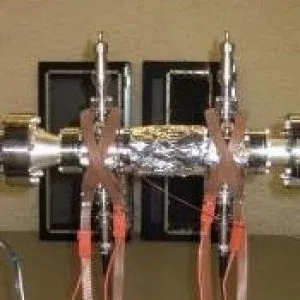
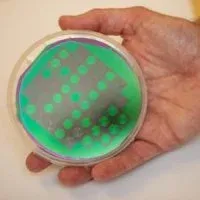
Sensor Design and Simulation
Design and simulation of advanced silicon sensors. TCAD simulation of fabrication process, transistors, sensor devices. Simulation of electro-static potentials, electric fields, signal collection.
Semiconductor R&D
R&D of new sensor concepts pushing performance boundaries: Examples are: Hermetic coverage (Thin, active-edge sensors); Energy resolution (Multi-band CCD imagers, high-yield Germanium sensors); Spatial Resolution (Active edge sensors); Radiation tolerance (3D architecture silicon diodes, thin planar sensors); Low-radiation background (Photovoltaic high-voltage).
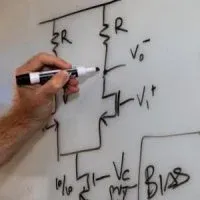
Space-Based Detector Systems
Designed, built, qualified, assembled, tested most of electronics hardware, firmware, and software for FERMI Gamma-ray Large Area Telescope Instrument. 80 square meters of silicon sensors; Instrument assembled at SLAC; In orbit since 2008 with no failures, performs flawlessly. End-to-end on-board electronics: ASICs, printed-circuit boards, FPGA firmware, software code, 9 types of custom integrated circuits, flying 16,000 ASICs on board, complex data acquisition system. Chief Electronics/Electrical/Software Engineering, Systems engineering and integration. Complete qualification of electronics components (radiation, life-time, etc) and flight validation.
Superconducting Sensors, Devices, and Systems
R&D, design, and fabrication of Superconducting (mK) Quantum Interference Devices (SQUIDs), Transition-Edge Sensors (TES); Complete focal plane system design, fabrication and testing. Applications such as: Cosmology seeking signs of cosmic inflation, measuring polarization of cosmic microwave background; X-Ray Spectroscopy.
